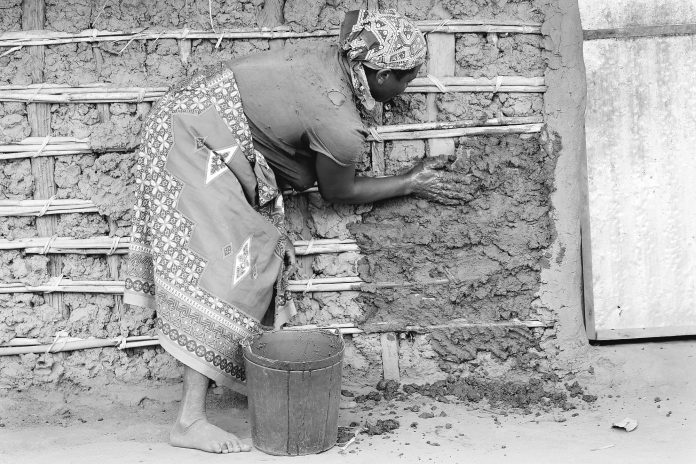
When Cyclone Idai roared through central Mozambique in March, it made some 200,000 people homeless and destroyed about 2 million acres of crops.
“The winds blew, the rains poured and the river flooded,” said farmer Fernando Amis. “It happened very quickly. Before we knew it the water was up to our necks.”
Amis, 63, said he had never seen such destruction. “Our homes were ruined, our clothes and possessions were swept away,” he said. “We were wet and had no food. It was terrible.”
Weeks later a second cyclone hit northern Mozambique, the first time since record-keeping began that two major cyclones hit the southern African country in a single year. Together the two storms affected 3 million people, according to the U.N.
Five months after the cataclysmic storms, Amis is one of the scores of thousands of Mozambicans busy rebuilding their homes, fields and lives. He and his three wives are constructing seven buildings of wooden poles that they plaster with mud and cover with thatched roofs. After losing their entire maize crop, they are growing a crop of sugar beans that will provide food for their 12 children and will also be sold for cash.
The Amis family benefited from living near Gorongosa National Park which distributed immediate food aid, blankets and seeds to help those living in the buffer zones around the park.
“We are so grateful. We got seeds from the park and advice about how to plant our bean crop so it will be productive,” said Amis. “The park will also help us find a market for the beans.”
When Cyclone Idai first hit, the park responded by buying food and supplies at the local market and delivering it to flooded families. The park is supported by the Gorongosa Restoration Project, a non-profit group supported by American philanthropist Greg Carr, that cooperates with Mozambique’s government. The group spends more than half of its annual budget on supporting the local community.
“We were the first responders and we dropped food to people by helicopters,” said Edson Carneiro, 29, the park’s agriculture manager. “We did that for a month and distributed 97 tons of food that we purchased ourselves.”
The park then worked with the U.N.’s World Food Program and distributed more than 500 tons of World Food Program aid between April and July, he said. It also received a USAID grant to provide seeds to 10,000 households with an estimated 50,000 people, said Carneiro.
Gorongosa Park is now working with WFP on a recovery project in which residents help rebuild health clinics, schools and roads and in return they receive food.
More efforts are needed to help families recover from the cyclones across central and northern Mozambique, according to aid organizations.
“Close to half a million farming families were affected by Cyclone Idai,” said Refugee International in a report issued this month, pointing out that only 20% of those households have adequate seeds and tools for the next planting season. “Additional resources are urgently needed … The affected populations are resourceful and resilient, but basic support is necessary.”q



















